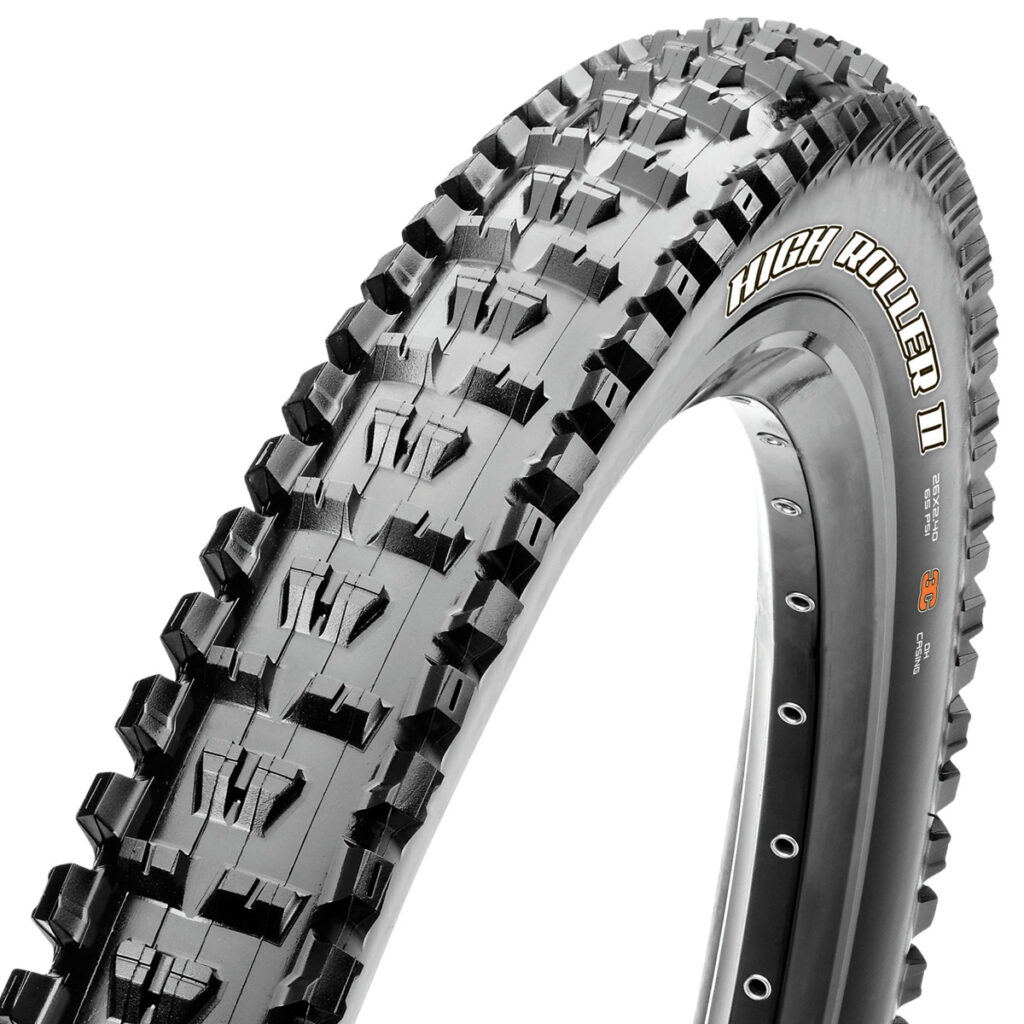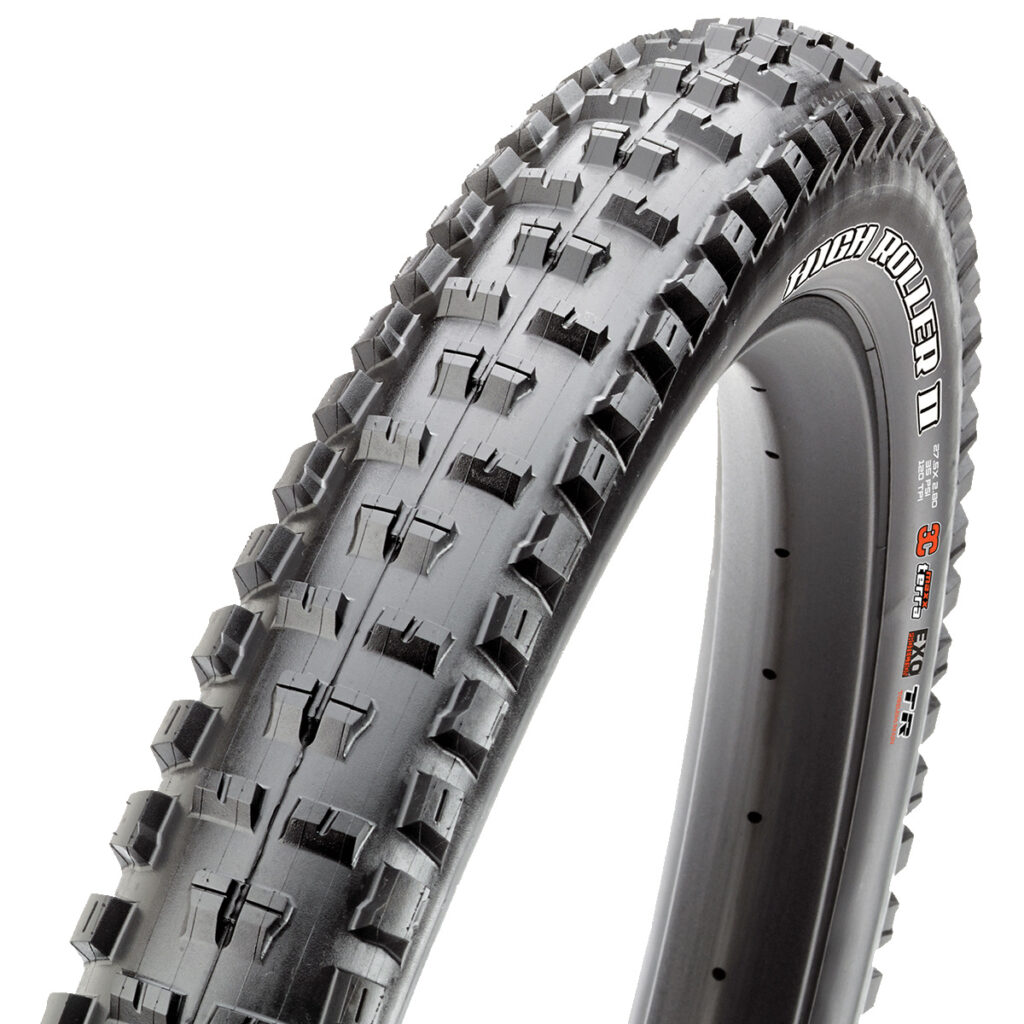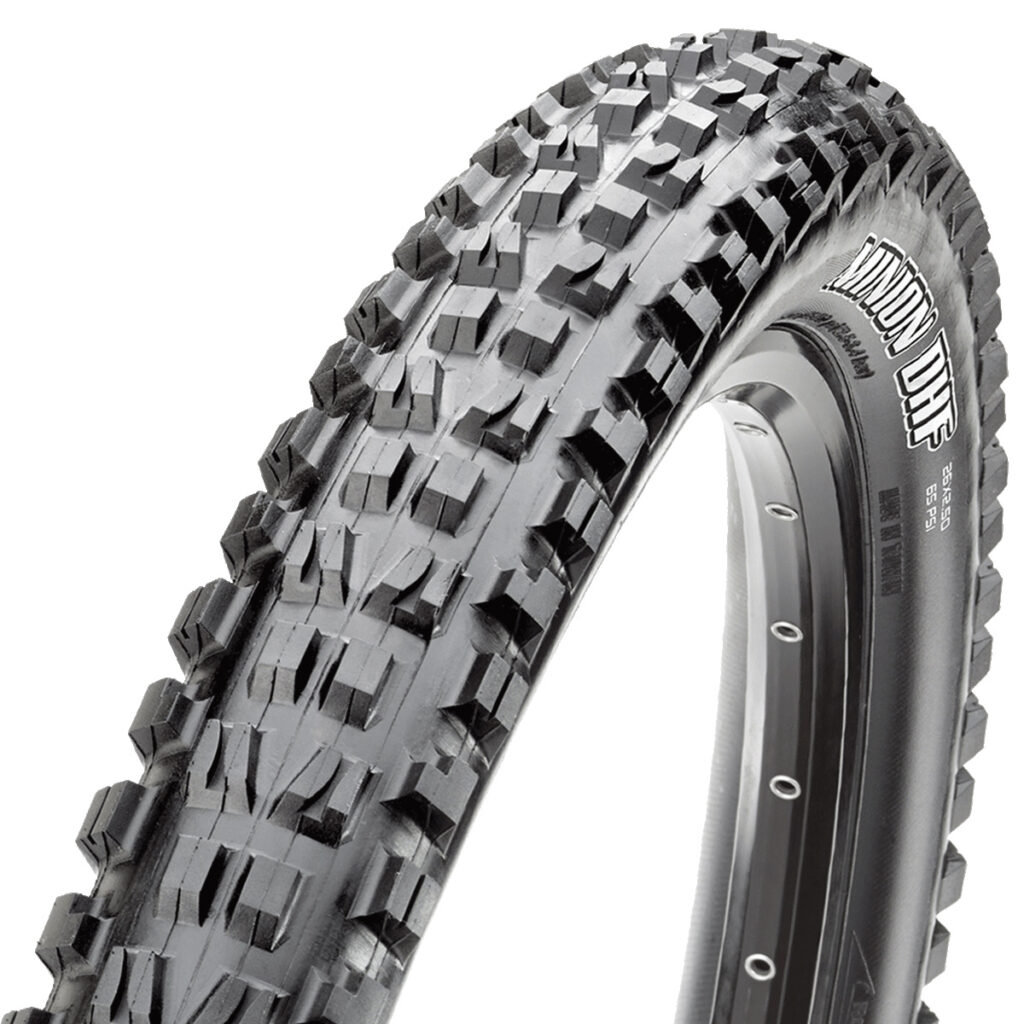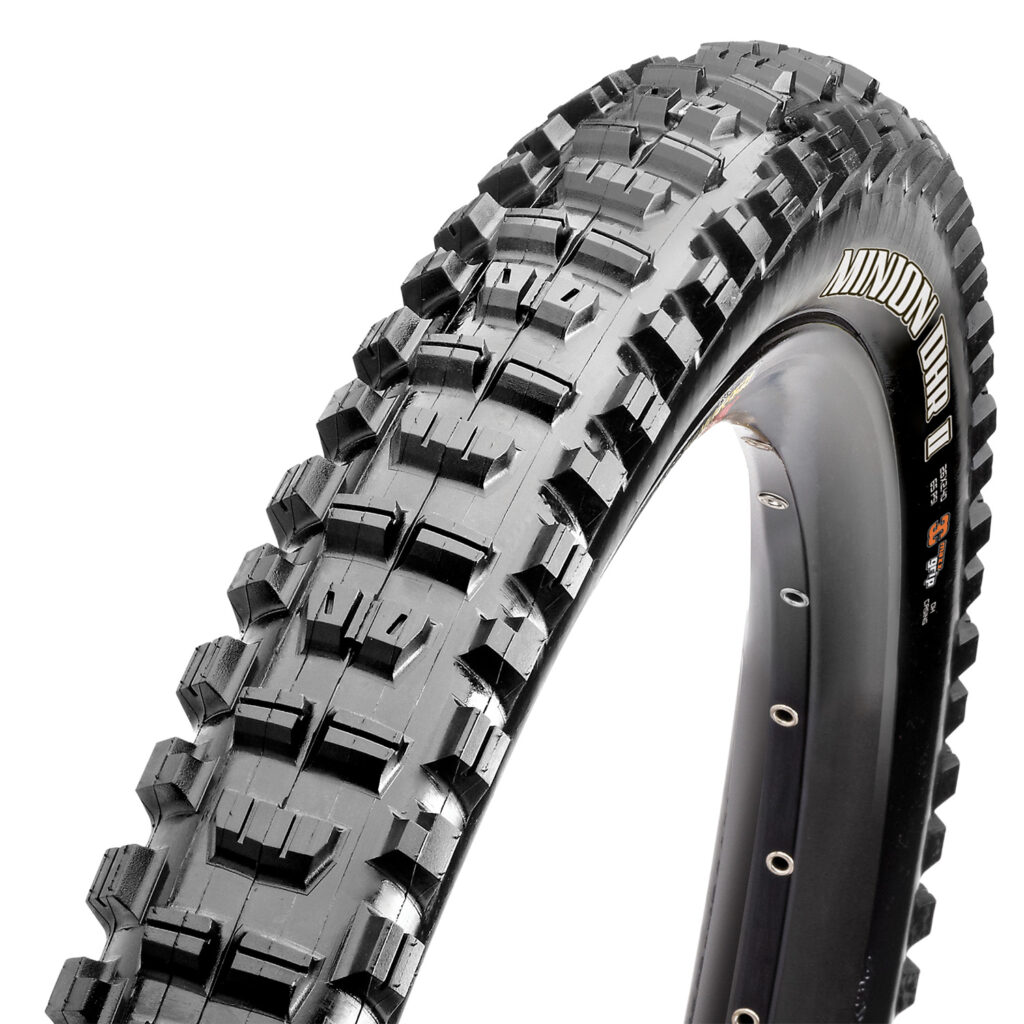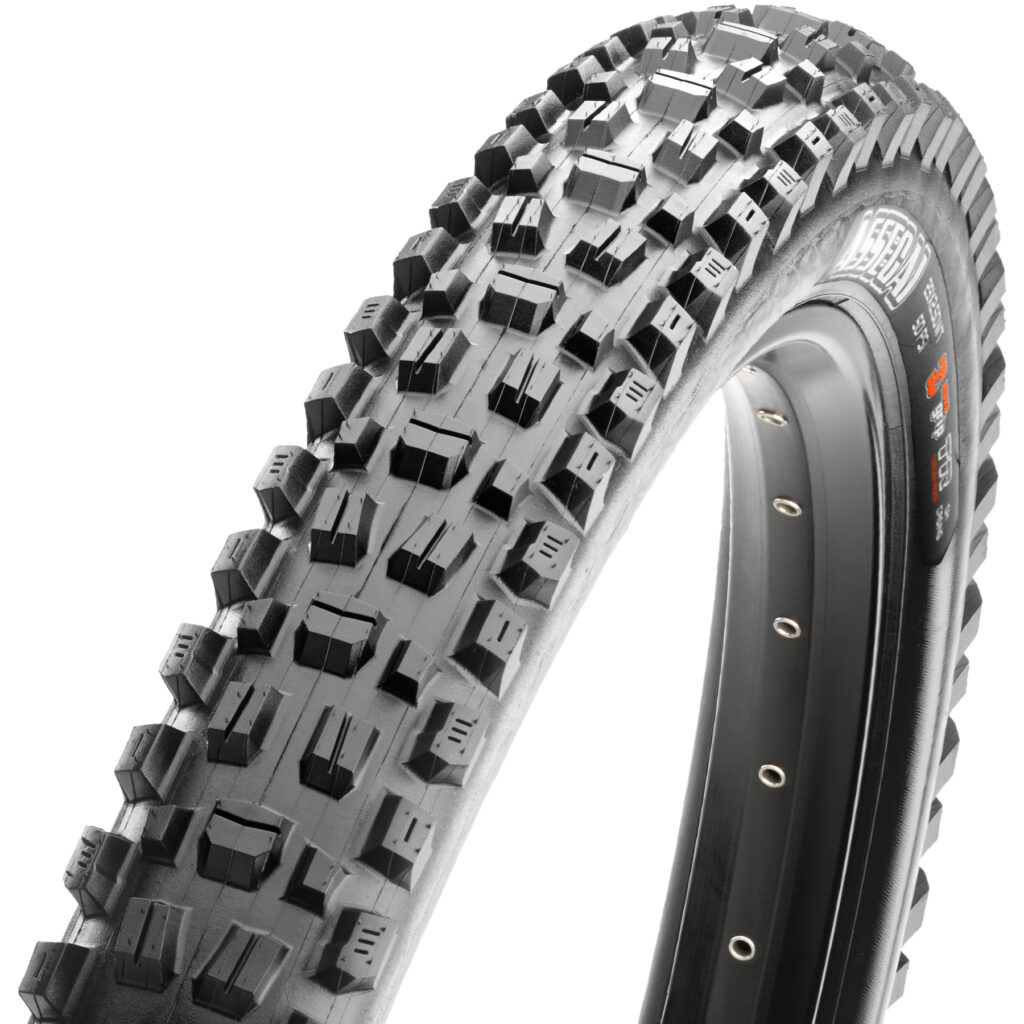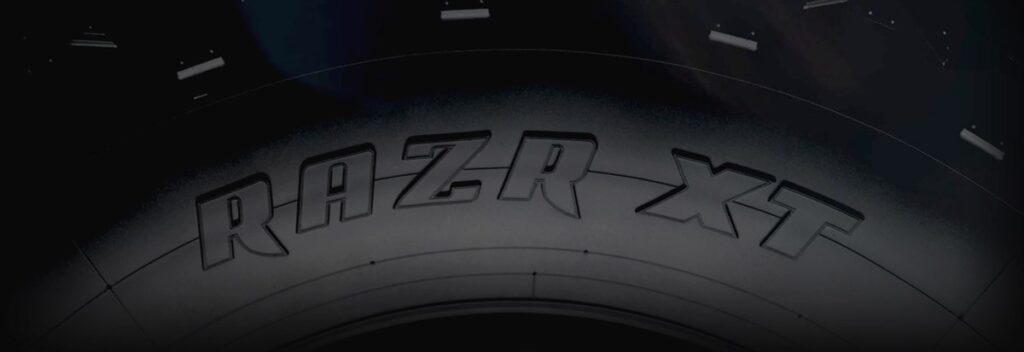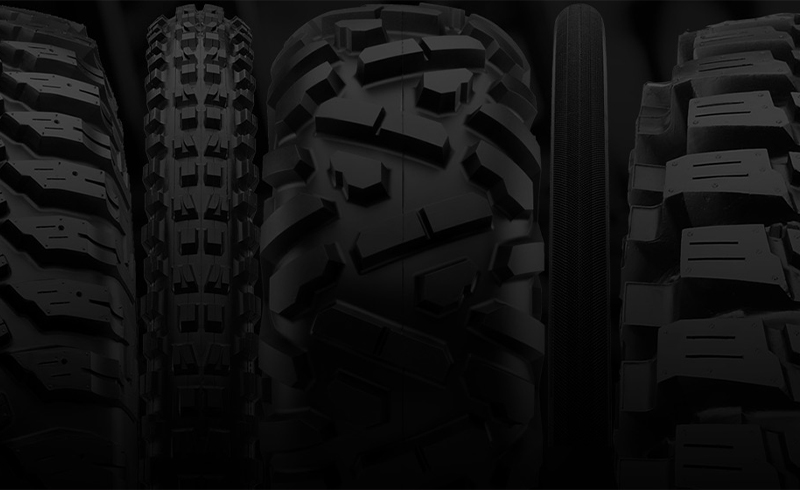High Roller II Tyre Test Results
A fast-rolling favourite, the High Roller II has been reviewed by many a discerning tyre tester.
The High Roller II is a flagship favourite tyre in the Maxxis off-road cycle tyre lineup. So buckle your seatbelts, because once tyre reviewers get their hands on the High Roller II, they like to write. A lot.









